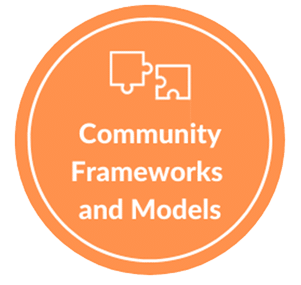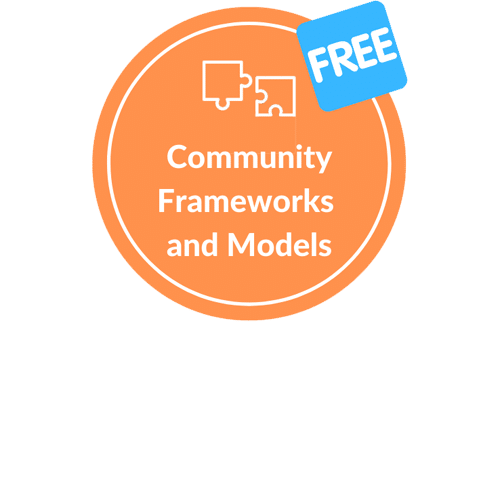One of the major challenges of the community and social business teams with whom we work is the education of their executives. While a great deal of progress has been made in the social business space, executives vary widely in their expectations, priorities and their own engagement.
The Social Executive research was done to help understand how executives view their engagement and help others understand how to make progress in their own organizations. The goal of The Social Executive research is to understand the following:
- How executives connect business strategy and social tools and approaches
- How executives use social tools and approaches for their personal goals
- The process and triggers that move executives to a more mature use of social tools and approaches

Introduction to the Social Executive Framework
The Social Executive Resources
The Social Executive Toolkit
The Social Executive™ study is designed to help better understand the level of executive engagement, how they are setting priorities and the value they expect from social business. Check out our Toolkit designed to help social and community teams understand executive adoption so that they can effectively coach executives.

The Social Executive Framework
The Social Executive Framework™ defines the five stages of executive engagement in community. Rather than assume that executives simple need to "get it," The Social Executive Framework recognizes that executive engagement, like community engagement in general, is driven by a series of small steps that increase comfort with and effective use of communities. Learn more.

Social Executive Shorts
The Community Roundtable’s Social Executive Shorts is a video series designed to help executives make the most of the social tools and online communities. This course is targeted at community program managers who are looking for executive coaching resources to add to their program or approach. Enterprise licenses are available. Learn more.
The Social Executive Case Study: UBM
This case study speaks to one company’s journey in internal social networking that highlights the what, why and how of UBM’s implementation and growth of its internal community. The case study illustrates how CEO David Levin took a leap and chose innovation, how these decisions unified company culture and made collaboration and employee engagement easier and more prevalent.
This short, on-demand course gives learners a comprehensive overview of the four frameworks and models that form the foundation of successful community programs.
Complete this free course in The Academy to receive your certification in Community Models and Frameworks. Learn more or start now.



